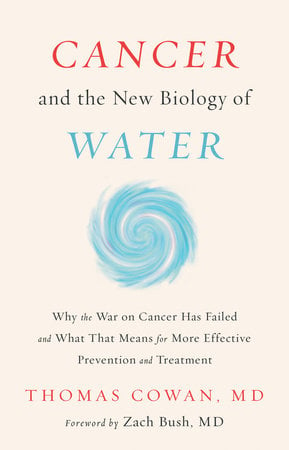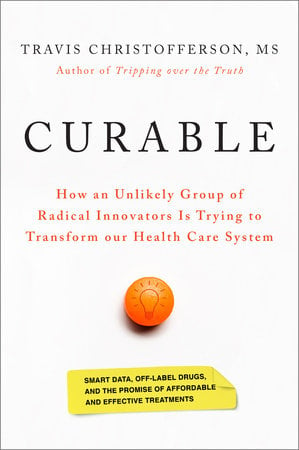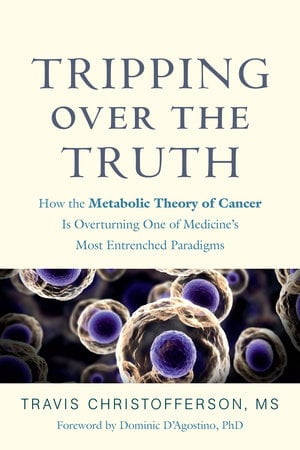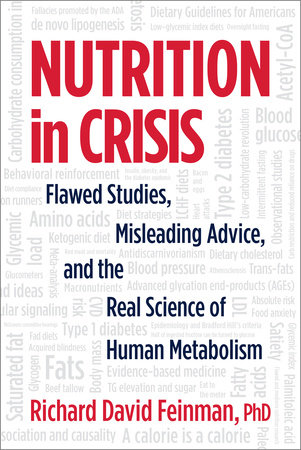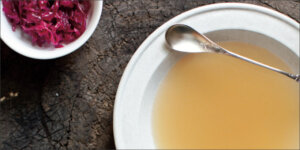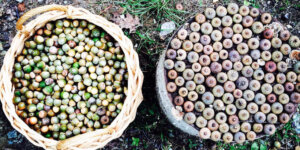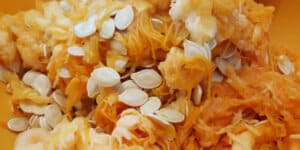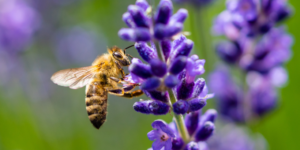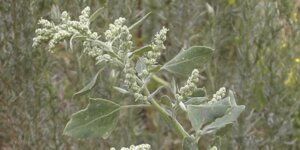Plant and Mushroom Medicines for Cancer
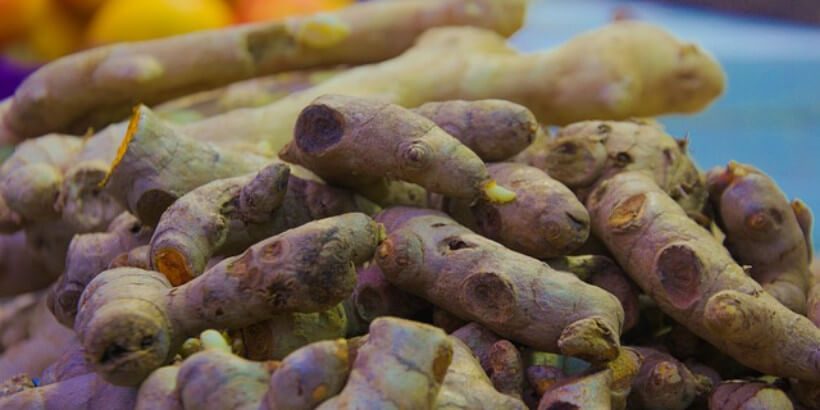
Chemotherapy, radiation, and surgery are the main cancer treatments people turn to when diagnosed. These high-risk and chemical-heavy options aren’t the only ones—plants and mushrooms are on the rise as cancer treatments. They have great healing properties that combat cancer similar to how the plants and mushrooms grow.
The following is an excerpt from Cancer and the New Biology of Water by Thomas Cowan, MD. It has been adapted for the web.
Most treatises on cancer and plant and mushroom medicines assume the usual causes of cancer are nucleus/DNA-based and then attempt to understand the basis for the benefits of these plants and mushrooms from that perspective. In other words, they use a reductionist, chemical, research-based approach to the study of these medicines. As I just outlined, my approach is different. I always start with a bigger picture, where I go from a wide perspective of the understanding of the disease and then move to an examination of the life of the plant to see how these two interact. It’s not that I am opposed to adding the reductionist approach to our understanding, but if you start there, you often end up not being able to see the forest for the trees. We want to always start by asking the question:
What does the plant or mushroom have to say to the human being? This question is, after all, the one that led people to discover plants and mushrooms as agents of healing in the first place.
Chaga
Some cancerous growths—in particular the deadly skin cancer melanoma—are black masses of disorganized cells. All of these features of melanoma describe the normal growth habit of the parasitic polyporous fungus called chaga mushroom, or Inonotus obliquus.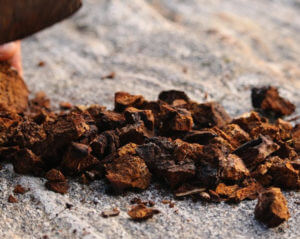
As I describe various healing plants and mushrooms for cancer, the theme of parasitic growth will often emerge; it’s the growth habit of most solid tumors. Chaga, used for millennia as a cancer medicine in Siberia and other northern locations, grows like a black, chaotic, dense mass to the point of being almost mineral-like. It is a fungus growing almost exclusively on the birch trees of the northern forests. It derives its nutrition from “sucking” the sap of the trees, much like cancer derives its nutrition from “stealing” it from the blood of the patient.
Yet chaga doesn’t kill the tree, unlike cancer, but eventually comes to a stable and even harmonious relationship with the tree—this relationship is significant for understanding its therapeutic potential. Some who study chaga have suggested that birch trees that harbor chaga may have some inherent advantage compared to those that don’t. In other words, we could say that chaga shows us the way to healing through coexistence, even with what could be a deadly parasite. The lesson is: Be careful who or what you kill. This is a lesson we’ve also dramatically learned through the use of antibiotics that kill our beneficial gut flora in the misguided quest to rid our bodies of infections.
Burdock
One plant in the quest to understand and treat cancer is the humble burdock, also known as Arctium lappa. As one of the founders of my family’s vegetable and spice powder business, Dr. Cowan’s Garden, I am also the head gardener. Because our Napa garden is located in prime wine country, on an organic vineyard, it is important for me to understand the nature of each plant in our garden. In particular, we are cautious about introducing invasive species. This is why, even though I love to eat burdock and we have an organically grown burdock powder in our line of products, I will never plant burdock in our garden. I am grateful there are people who have healthy, organic burdock gardens from whom we can source our product, because this otherwise nondescript, unremarkable plant does have one remarkable characteristic: an ability to invade and overtake everything in its path.
As anyone who spends time in the woods will know, burdock produces burrs that put Velcro to shame in their ability to attach to and embed in whatever they touch. Burdock’s burrs end up on your clothes, attached to your skin, and in your dog’s fur. And once you have one burdock plant in your garden or on your property, no matter what you do, you will never eradicate it. It will propagate itself through seeds on the burrs that animals will carry to far-flung areas of your property. Tenacity and invasiveness, those are the encapsulation of the qualities of burdock.
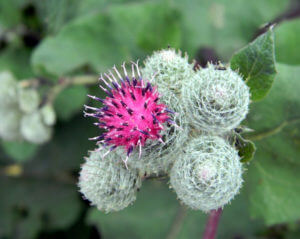 Is it any wonder, then, that when confronted with cancer, a disease whose danger comes from its tenacity, invasiveness, and near impossibility of eradication, we see the humble burdock root as a predominant ingredient in all the famous herbal remedies, on virtually all continents? It is as if the plants paint a mosaic of the different qualities of whatever disease they can help address. Cancer is the most tenacious, aggressive disease humans will ever confront. Once it lands in a person, an ongoing battle to eradicate it ensues. This tenacity is the nature of burdock. This sort of synthetic thinking not only helps us understand the disease, but clears a therapeutic path for us to follow.
Is it any wonder, then, that when confronted with cancer, a disease whose danger comes from its tenacity, invasiveness, and near impossibility of eradication, we see the humble burdock root as a predominant ingredient in all the famous herbal remedies, on virtually all continents? It is as if the plants paint a mosaic of the different qualities of whatever disease they can help address. Cancer is the most tenacious, aggressive disease humans will ever confront. Once it lands in a person, an ongoing battle to eradicate it ensues. This tenacity is the nature of burdock. This sort of synthetic thinking not only helps us understand the disease, but clears a therapeutic path for us to follow.
It is worthwhile to check our synthetic understanding of burdock with the reductionist approach. Numerous studies confirm the therapeutic potential of burdock root, which contains a lignan compound called arctigenin, for cancer patients. A recent study confirms that burdock root’s therapeutic potential is based on its ability to deprive the tumors of the glucose they need to fuel their growth. Another study shows the combined effect of green tea, curcumin, and burdock root on breast cancer cells. And, finally, a 2018 review summarizes decades of studies showing the therapeutic potential of burdock root on a number of different types of cancer, including stomach, lung, liver, and colon cancer, thanks to the arctigenin in it. Changing how we think unlocks healing avenues that would otherwise keep us locked in a dead end of details and therapeutic failure.
Turmeric
These days most people have heard about the therapeutic potential of turmeric (Curcuma longa) root and its active ingredient, the polyphenol curcumin, in the treatment of a variety of diseases. There are cases, reports, and studies showing turmeric/ curcumin to be an effective treatment for arthritis, neurodegenerative diseases such as Alzheimer’s, and chronic inflammation. At last count there are 4,660 PubMed references to curcumin and cancer. While not all studies show dramatically positive effects, there is no doubt at this point that turmeric/curcumin is a potent medicine for many conditions, including cancer. The search now is for the strategy to make it as effective and bioavailable to patients as possible.
Ashitaba
Ashitaba, otherwise known as Angelica keiskei, is a plant that is fairly new to me. It is the only edible member of the Angelica family of plants, the most famous example of which is Angelica archangelica. This auspicious name, meaning the gift of the archangels to the angels, was reportedly hung in every doorway in medieval Europe as the only effective way to ward off the plague. Ashitaba is native to the Pacific Rim, and is mostly grown and used in rich volcanic soils in Japan, the Philippines, and Indonesia. Ashitaba has a few remarkable characteristics that make it worth exploring.
First, ashitaba is one of the most nutritious vegetables you can eat. Containing more nutrients per gram than such super-vegetables as kale, and rich in soluble vitamins and minerals, ashitaba is worth including in your diet simply as a source of vitamins, minerals, and phytonutrients. But the real magic of the ashitaba plant comes in its thick, sticky yellow sap that oozes out of the cut stem.
Mistletoe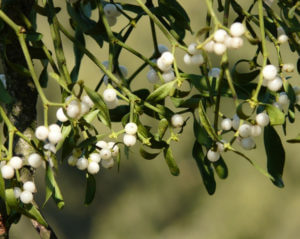
Our final plant is the undisputed king of natural cancer medicines: mistletoe. No other natural medicine has such a long history of usage (over a hundred years), clinical trials, and basic research as does mistletoe. Clinical usage and research unequivocally demonstrate that mistletoe use for cancer is safe, extends quality of life when used in clinical trials with cancer patients, successfully treats pleural effusions that result from lung cancer, improves survival in patients with stage 4 lung cancer, and improves survival in patients with stage 4 cancer of the pancreas.
In addition, in some cases mistletoe use can result in remissions, such as remission in a patient with non-Hodgkin’s lymphoma or a patient cured of cancer that had metastasized to his skull.
Installation of mistletoe extracts in the bladder of patients with bladder cancer has been associated with improved outcomes and occasionally full remission. And scores of published papers document the mechanism by which mistletoe extracts have a positive effect on all markers and parameters associated with the cancer process, including one in particular comparing the mechanism of action of mistletoe extracts with that of Coley’s toxins. Without a doubt, mistletoe extracts should be considered settled science in the annals of therapeutic interventions that improve the outcome for patients with cancer.
Recommended Reads
Recent Articles
You’ve Been Missing Out! Bone Broth is the ultimate superfood, packed with nutrients and goodness. Consider adding this nutrient-rich, immune system boosting bone broth into your daily diet.
Read MoreThese small fruits are a delicious source of nutrients that you can find almost anywhere. Get started on acorn harvesting with help from these simple tips!
Read MoreWondering what to do with pumpkin seeds? Instead of roasting them, try these alternative ways to prepare & use seeds! Plus a must-try pumpkin granola recipe.
Read MoreTired of trying different traditional medicines to relieve inflammation and joint pain? We have the perfect solution: honey bee venom.
Read MoreBefore yanking out the next patch of lambsquarter you find in your yard or garden, consider trying one of the many edible and medicinal uses of this “super weed.”
Read More

